As a chef or restaurant owner, I know that having the right equipment in the…
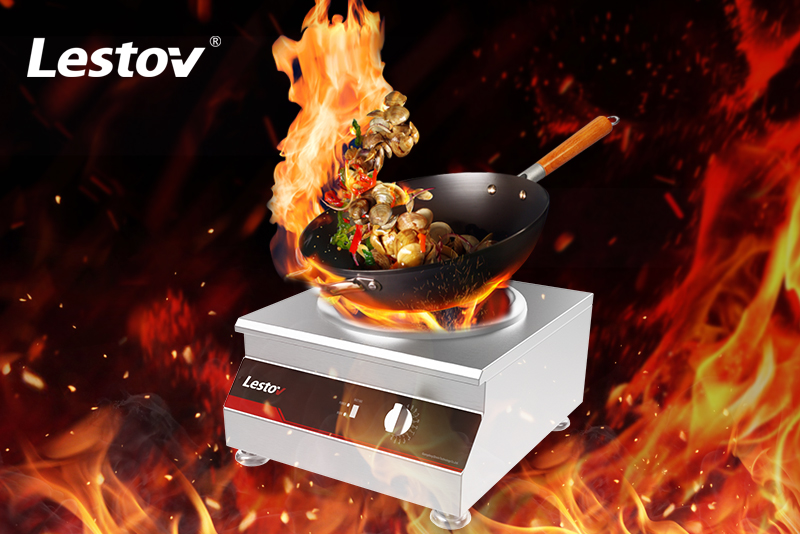
Converting from a gas cooktop to an induction cooktop? feasible solution
There isn’t a restaurant owner who isn’t bothered by ever-rising gas or electricity bills. Due to energy shortages and the potential risks of COVID-19, many commercial kitchens are becoming cautious about purchasing cooking equipment.
When gas costs rose, many professional chefs in the restaurant industry turned to commercial induction stoves, an energy-efficient appliance that uses electricity and has a thermal efficiency of 93%.
Commercial induction cooktops that are not threatened by the energy crisis and meet “carbon neutral” goals are becoming premium cooking devices in many countries. It’s a fact that can’t be ignored, but many people don’t realize that rising gas bills are eating into their budgets.
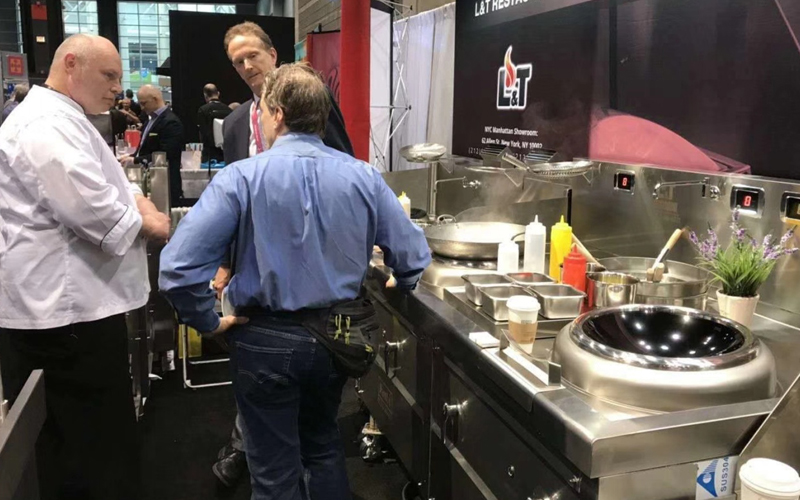
According to statistics, more than 40% of consumers are accustomed to using gas stoves, which have the advantages of being portable, open-fire cooking, and cheap, and in line with the fact that some countries have abundant natural gas, coal, and other natural resources (low gas prices).
For countries that need to import natural gas, oil, and other energy sources, such as China, Singapore, and India, the price of gas is not cheap and is subject to sanctions by energy exporting countries.
Many smart cooks are starting to switch from gas stoves to commercial induction stoves, which are kitchen cooking appliances with controllable fire, intelligent operation, and low energy consumption.
While chefs opt for induction cooktops that are more cost-effective and efficient, we’ve found that many cooks don’t understand the how-tos and precautions for induction cooktops. They abandoned the use of induction stoves and made negative comments about induction stoves being expensive and inefficient.
Lestov, a manufacturer with 20 years of production/design/development of commercial induction cooking equipment, is concerned about the negative reviews of induction cooktops. If you’re trying to convert from a gas to an induction hob, don’t ignore the information below.
Does open-flame cooking represent high thermal efficiency?
When we’re talking about the difference between gas and induction stoves, chefs will always counter induction stove enthusiasts with the argument that cooking on an open flame equals high thermal efficiency and delicious taste. Is this the case?
According to the calculation of professional institutions, during the cooking process, the gas stove heats the food in the pot with an open flame and distributes it in the surrounding air. It is estimated that the real power of gas stoves for heating food is only between 50% and 60%.
Is the food cooked on the gas stove tastier? The gas stove has the characteristics of instant heating and strong firepower to make the food quickly mature in a short time, which fully meets the requirements of Asian food with “pot gas”.
No one can deny the charred taste that gas stoves give to food, which is an important reason why many chefs think gas stoves are more delicious. Induction stoves used in commercial kitchens also have the advantages of high power, instant heating, and vigorous frying, which can achieve the effect of cooking with gas stoves.
Converting from a gas stove to an induction stove first requires a change in the chef’s impression of an induction stove. No more rejections due to negative reviews, but let go of your prejudice and try induction cooking equipment for efficient and standardized catering.
Measuring the space in the kitchen
The volume of gas stoves will be larger than that of induction stoves because gas stoves need to increase the storage space of gas cylinders, natural gas pipes, and range hood equipment. The induction hob is small and requires no additional purchase of a range hood, and it can be built into the kitchen wall or stored in a cabinet.
When you choose a commercial induction cooktop, please provide information on kitchen dimensions or equipment customization, and the cooktop manufacturer will provide you with cooking equipment that better suits your restaurant based on your needs.
For example, if you are running a small fast-food restaurant, perhaps built-in induction stoves, tabletop induction stoves, and portable induction burners are more suitable for your needs. They are light in size, 8.7L stir fry capacity and are stable for small batch orders.
If you are running a large commercial kitchen such as a school canteen, hotel, or food factory, perhaps a freestanding induction wok and a large commercial induction soup cooker are more suitable for your needs. They feature a large capacity (58L to 170L), fast cooking, and versatility for large batches of food.
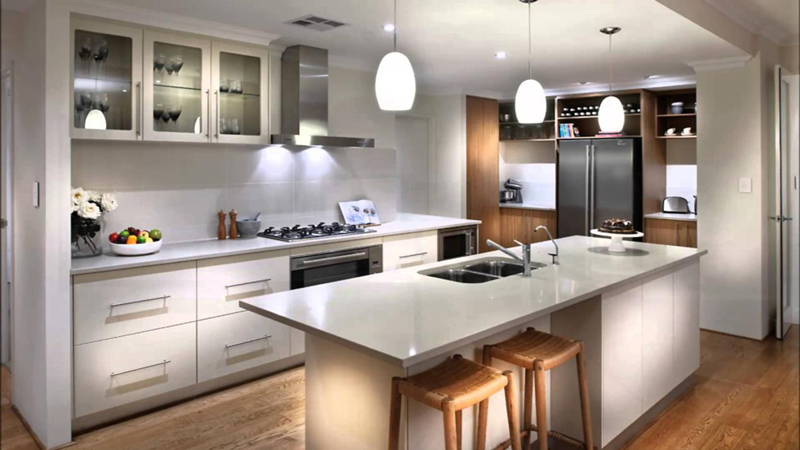
buy compatible cookware
Due to the way of heating by a magnetic field, induction stoves have more stringent requirements than gas stoves in the selection of cooking utensils. Induction cooktops can only heat food when in contact with magnetic cookware, such as stainless steel, iron, cast iron, etc. Non-magnetic cookware such as glass, enamel, aluminum pans, etc. is not allowed on induction stoves.
Before buying an induction stove, please check in advance whether your restaurant has magnetic cookware such as stainless steel pans and iron pans, which will affect your use of efficient cooking equipment.
Many gas stoves also use stainless steel pans, iron pans, and other cooking utensils, which have the advantages of high-temperature resistance, resistance to beating, and easy cleaning. Therefore, it is perfectly usable on an induction stove. If you want to reduce the cost of purchasing the commercial induction cooker, contact the Lestov cooktop manufacturer and it will give you a stainless steel wok for free.
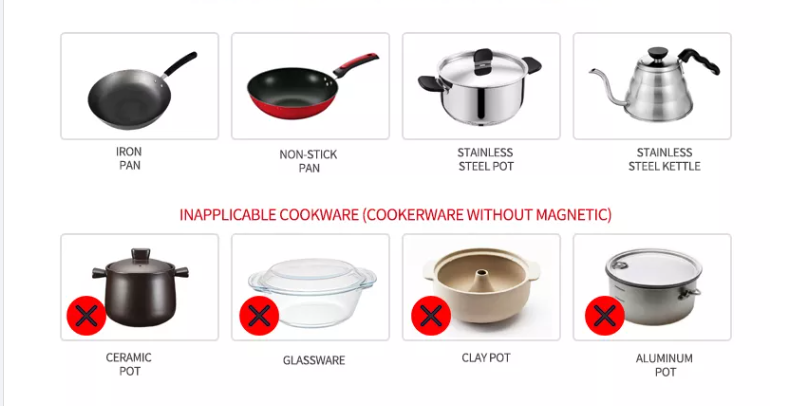
View voltage installations in restaurants
Please don’t overlook the most important step before purchasing a commercial induction stove. Check to see if the voltage at the restaurant matches the voltage of the product provided by the manufacturer.
The voltage in European countries is 220V, 50HZ, the voltage in the United States/Canada is 120V, 60HZ, and the voltage in Southeast Asian countries is 220V, 50HZ. Chinese commercial cooking equipment manufacturers offer induction cooktop voltages in 220V, 50HZ; 380V, and 50HZ.
Check to see if your restaurant has commercial cable ducts, which will affect your ability to have a stable, continuous power supply. Many buildings generally lay natural gas pipelines, which are suitable for the use of gas stoves, but not conducive to induction stoves.
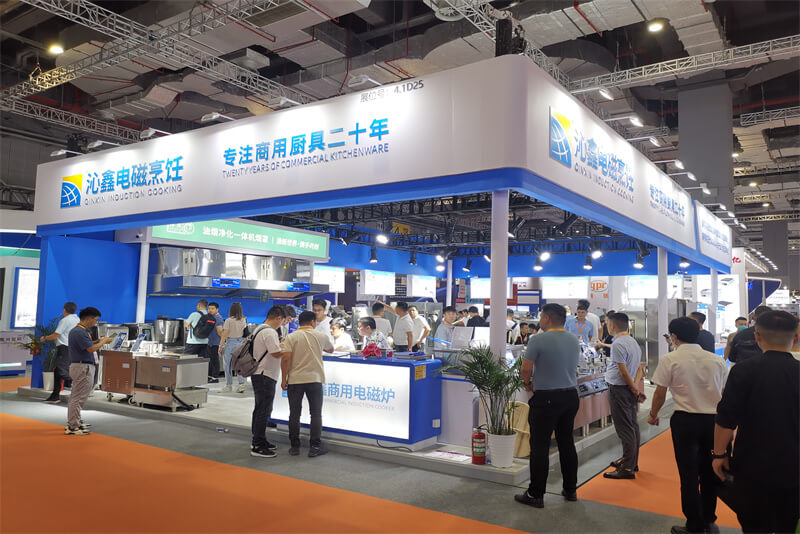
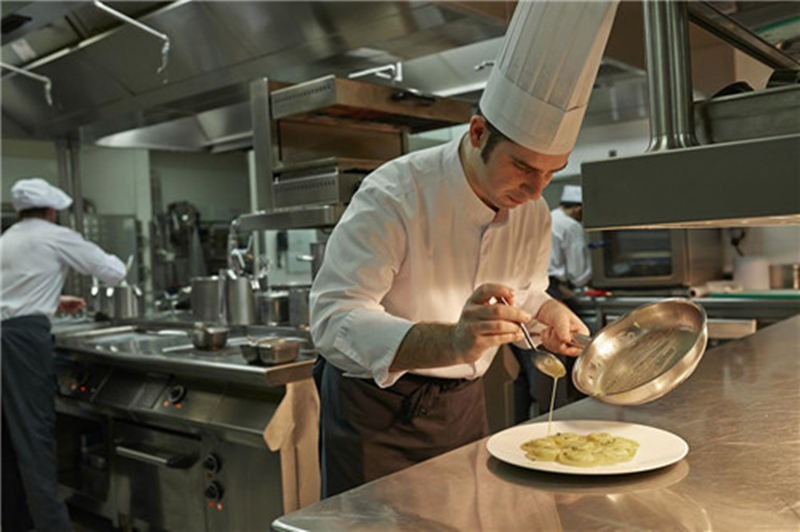
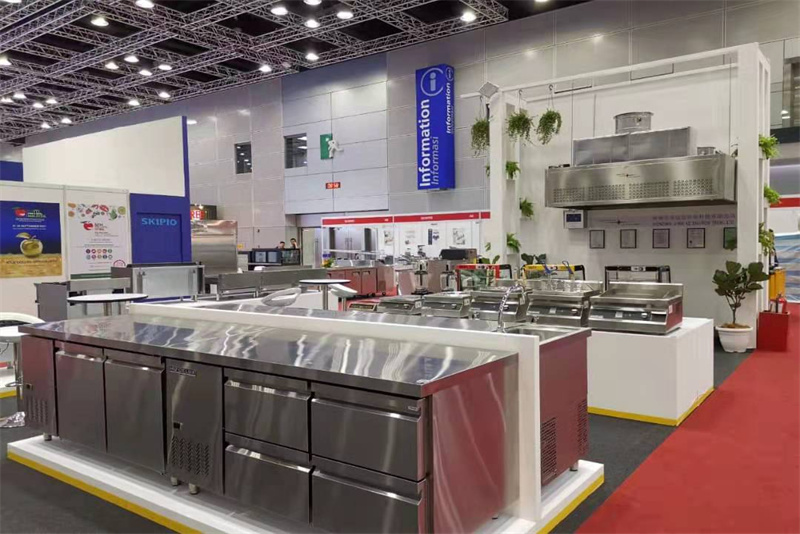
Ez a bejegyzés 0 megjegyzésekkel rendelkezik